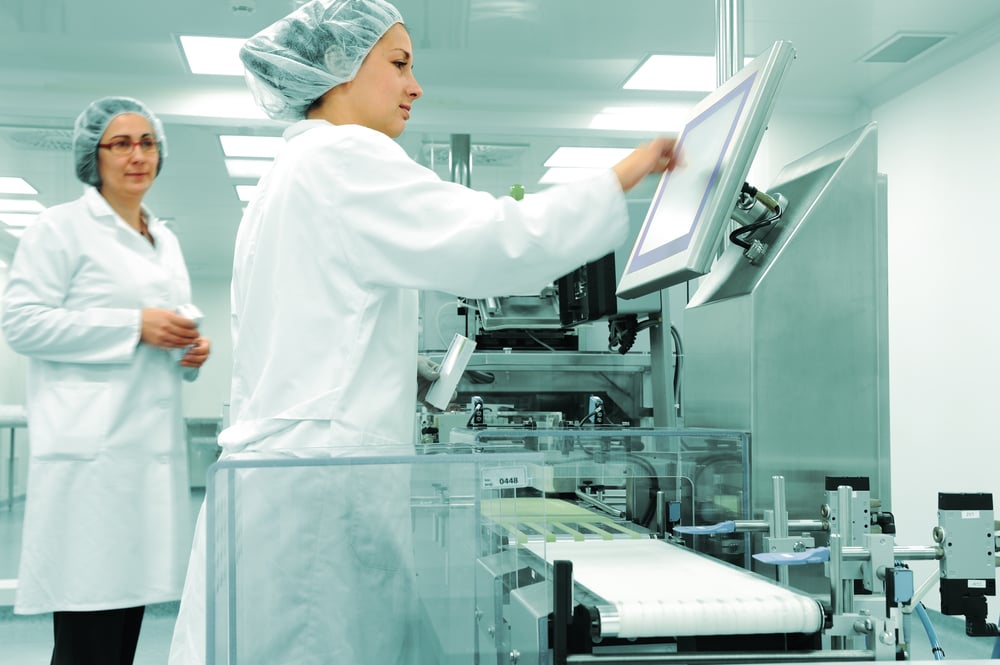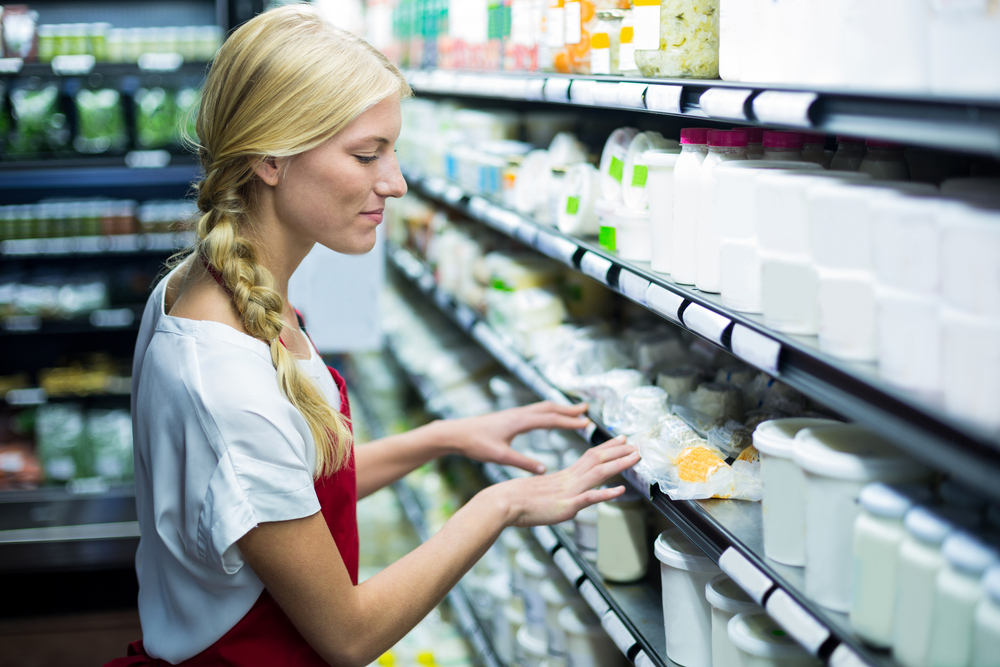On April 1st 2022, a new UK plastic packaging tax came into force. But what does it mean for food businesses? Who will be affected and how is the industry responding? This blog takes a closer look…
- What is Plastic Packaging Tax (PPT)?
- Who will be affected by PPT?
- Why was PPT introduced?
- What’s the food industry’s reaction to PPT?
- What are food businesses doing to tackle plastic packaging?
What is Plastic Packaging Tax (PPT)?
PPT will apply to any plastic packaging that’s made in or imported into the UK at a rate of £200 per tonne and doesn’t contain at least 30% recycled plastic. Packaging that contains 30% or more recycled plastic will not be chargeable for the tax.
Who will be affected by PPT?
Plastic packaging is used by a variety of food businesses, such as fresh food producers who import plastic packaging to seal their products. So, PPT will have a significant impact. Registration for PPT is compulsory for any business that manufactures or imports more than 10 tonnes of plastic packaging, regardless of the amount of recycled plastic they contain.
Food businesses may have to reassess their record-keeping techniques as they’ll need to provide documentation that show:
- The total amount in weight and a breakdown by weight of materials used to manufacture the plastic packaging
- The weight of exempted plastic packaging and the reasons why it’s exempt
You can read the latest guidance from the HMRC by clicking here.

Why was PPT introduced?
According to the HMRC policy paper, the aim of the PPT is to “provide a clear economic incentive for businesses to use recycled plastic material in plastic packaging”. This will help create demand for recycled materials and, in turn, encourage increased levels of recycling and plastic waste, reducing the amount that ends up in landfill.
What's the food industry's reaction to PPT?
There are conflicting views on how the PPT will impact the food industry moving forwards. Barry Turner, Plastic & Flexible Packaging Group Director at BPF (British Plastics Federation) spoke of his concerns in an interview to Aegg: “I don’t feel overly positive in the way that this tax is designed,” said Turner.
“It will increase the cost to the consumer (estimated at £200M) at a time when we are coping with Brexit and the economic ramifications from the COVID-19 pandemic.”
However, food packaging expert Neil Hansford believes PPT can bring in “a new era of innovation” to the food industry.
“This new tax presents a real chance for the packaging industry to think outside the box and develop innovative solutions and new recycling technologies to help plug the gap in the supply of recycled materials,” Hansford told Packaging Gateway.
“Modified Atmosphere Packaging (MAP) is widely recognised as an effective technology, proven to reduce food waste in the industry… what we hope to see with PPT is more of the food manufacturers that require atmospheric protection for their products using more alternative plastics, which are still compatible with MAP. This provides the optimal green solution that would reduce both food and plastic waste.”

What are food businesses doing to tackle plastic packaging?
Over one hundred companies have signed up to WRAP’s ‘UK Plastics Pact’, which brings together businesses to tackle the plastic waste crisis. Organisations signed up to the initiative have committed to reach four targets by 2025:
- Eliminate problematic or unnecessary single-use packaging through redesign, innovation or alternative (reuse) delivery model
- 100% of plastics packaging to be reusable, recyclable or compostable
- 70% of plastics packaging effectively recycled or composted
- 30% average recycled content across all plastic packaging
You can see the full list of businesses who have signed up by clicking here.
Other initiatives we’ve seen UK food and beverage companies undertake include:
- Innocent Drinks, who have reduced plastic in its 900ml juice and 420ml Juicy Water bottles, saving them 273 tonnes of plastic each year
- Waitrose & Partners, who have reduced the amount of plastic in its own brand Easter eggs by almost half (44%). The UK supermarket has also reduced the amount of plastic in its British strawberry punnets and toilet roll to save a further 29 tonnes of plastic every year
- Sainsbury’s, who have replaced polystyrene in its own brand two litre ice cream tubs, meaning that 215 tonnes of plastic is now recyclable

How we can help
Technology is already being used as a tool to help packaging producers to provide greener options for its customers, as well as minimise food waste. At Columbus, we’ve developed a range of solutions tailored to the food industry which can help you improve accuracy and consistency. If you’re interested in finding out what solutions are available to you, get in touch by clicking on the button below.
Regulatory changes is just one part of the future of food…
From regulatory changes and changing consumer demands to fragmented supply chains, the ability to pivot on demand has never been more important in the food industry. Our guide examines the current state of the food industry, as well as looking forward to the future. Click on the button below to grab your copy.


